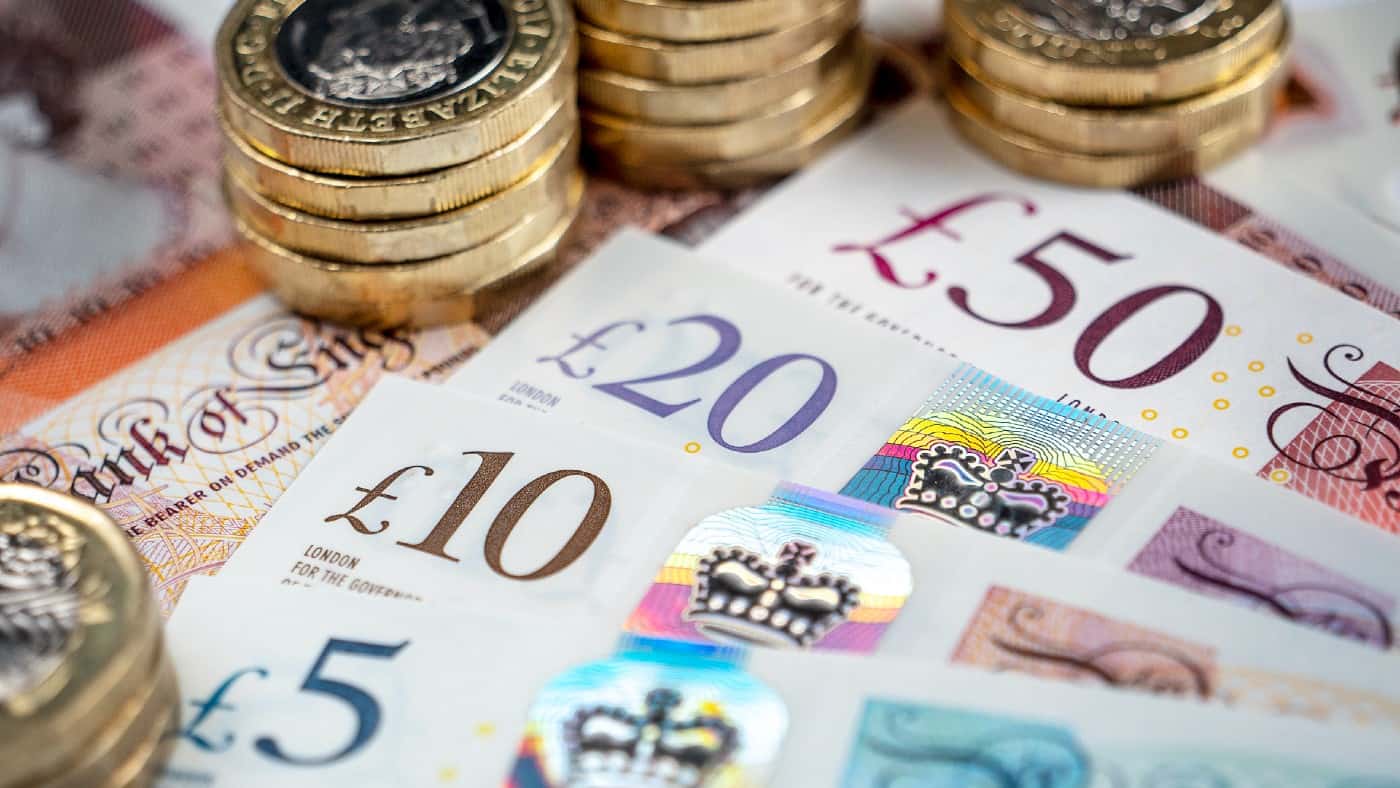It would certainly be nice to have £500 a month in passive income to call upon, especially with Christmas fast approaching. Investing in blue-chip dividend shares is one way I can try to generate such an amount.
But unless I’ve got a large sum of money to put to work upfront, it’s going to take time to reach my target. So, how long exactly? And how much money would it cost me?
Getting started
If I’m just starting out in the UK, then the first thing I’d do is open a Stocks and Shares ISA. These investment accounts would shield my returns from both income and capital gains tax.
This has become increasingly important as the dividend allowance (the tax-free limit for dividend income outside of an ISA) has headed lower in recent years.
For example, it was reduced to £1,000 from £2,000 earlier this year. From 6 April next year, it’s being halved again, down to £500.
Therefore, if I want my £500 a month to be tax-free (and who wouldn’t?), then I’d start by opening a Stocks and Shares ISA.
Please note that tax treatment depends on the individual circumstances of each client and may be subject to change in future. The content in this article is provided for information purposes only. It is not intended to be, neither does it constitute, any form of tax advice. Readers are responsible for carrying out their own due diligence and for obtaining professional advice before making any investment decisions.
Bigger isn’t always better
The average dividend yield on FTSE 100 stocks today is 3.9%. What this means in practice is that not all Footsie firms pay a generous dividend while some don’t pay one at all.
Obviously, this is because the companies in the index are at different stages. Some are younger and still investing aggressively for future growth. Others are long-established enterprises and regularly distribute what spare cash they generate to shareholders.
However, I think it’s important to remember that bigger isn’t always better when it comes to dividends. A starting yield of 4% that delivers 20 years of rising payments might prove far more rewarding than a fragile 9% one that gets cut.
Pop the bonnet
To give an example here, some UK housebuilders were sporting 10%+ dividend yields in late 2022 and early 2023. But these payouts ultimately proved unsustainable as the housing market slowed and higher interest rates reduced mortgage affordability.
Consequently, dividends were slashed across the sector and many of those seemingly juicy yields are now less than half what they were.
As an investor then, it’s always important to open the bonnet to try to understand what’s going on underneath.
Locking in high yields
One income stock I’ve been buying all year long is Legal & General. Shares of the insurer and asset manager fell as higher interest rates caused turmoil in parts of global financial markets.
To be clear, these concerns haven’t entirely gone away. But I feel the stock’s market-beating 8.6% yield — essentially my potential reward for taking on this risk — is worth it.
The firm generates plenty of cash and has a solid dividend track record. Importantly, it also appears to have ample room to grow its earnings long term as pension schemes are de-risked and the UK population ages.
Putting all this together
Earning an average of £500 a month in passive income is the equivalent of £6,000 a year. To get that amount from a portfolio yielding 8%, I’d need to start with an investment pot worth £75,000.
Now, that sort of upfront sum is clearly out of reach for most people, myself included. Alternatively, I could invest £15,000 every year for five years to reach my target.
During these years, I would reinvest the dividends to buy additional shares (something known as compounding). This should speed up my returns and get me to my target even sooner.








